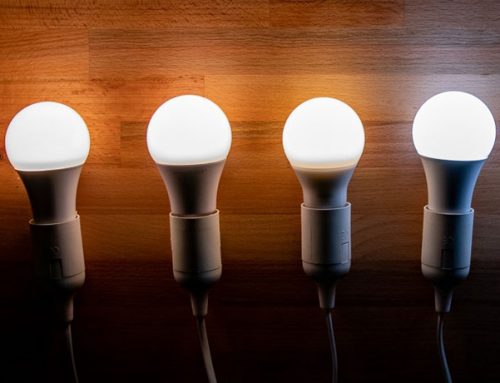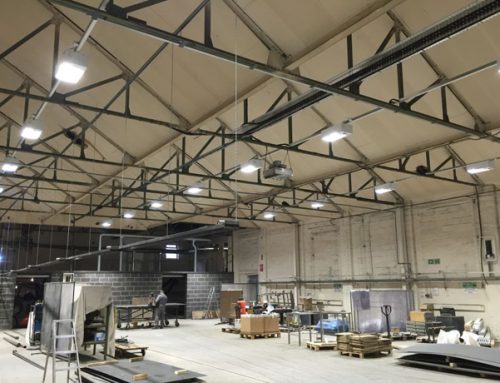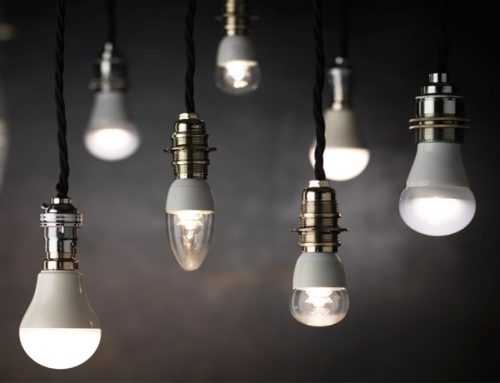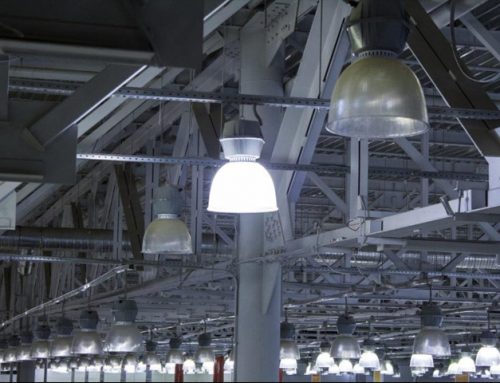Nowadays, Metal Halide lights are being replaced by LED lights for industrial use. Let us discuss the advantages and disadvantages of both of these.
Metal Halide lights
When metal and halogen elements combine, the compounds formed are called metal halides. There are sodium chloride and uranium hexafluoride in them. In Metal Halide lamps, a current is passed through a combination of mercury and metal halide gas light is produced. Both the efficiency and the quality of the light are improved by the introduction of metal halide vapour.
Advantages
In comparison to incandescent bulbs, Metal Halide lights are 3-5 times more efficient and produce a much higher quality light. Metal Halide lights have a very high colour temperature (up to 5500 K) in many cases depending on the particular mix of metal halides. For high-intensity applications and industrial lighting, Metal Halide lights can be very useful.
Disadvantages
There are also many disadvantages to Metal Halide lights. The warm-up period of a Metal Halide light is longer than other lights. This becomes a major issue. As these lights do not switch on and off as per demand, they have to be operated for longer periods of time. The time when you need the light is to be anticipated beforehand. If the lights are not needed for a shorter period of time, they might be operated to cut off the warm-up time when they are turned back on. When run at less than full operating power, Metal Halide lights get less efficient. For approximately 6,000 to 15,000 operating hours, the average bulb lasts.
LED lights
By LED we mean Light Emitting Diode. There are two electrodes (an anode and a cathode) in a diode, through which electricity flows. Semiconductive materials are used to make these conductors. The device emits visible light when current passes through the semiconductor material. They are used in a lot of places. LED aviation obstruction lights in India are used in airports for aviation safety.
Advantages
In comparison to all other lighting technologies, LED lights have an extremely long lifespan. For 50,000 to 100,000 hours or more, a LED bulb lasts. When compared to every other commercially available lighting technology, it is found that LED lights are extremely energy efficient. They emit light directionally and waste very little energy in the form of infrared radiation (heat). The quality of LED lights is very good. There are very low hassle and maintenance costs. For all these reasons, LED lights are now extensively used in various industries.
Disadvantages
The initial cost of fitting LED lights is a bit high. However, the costs are decreasing at a high speed nowadays.






